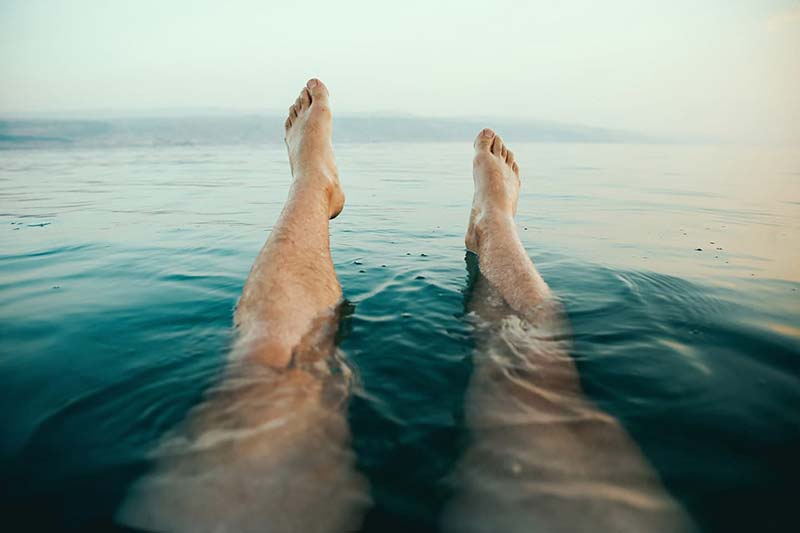
Summer is the season many people wait all year for. Sunshine, fun, outdoor activities, warm weather, watermelon. Doesn’t everything just feel better in the summer? While the love for this season is undeniable, there is something about it that many of us don’t love: the fact that summer also means swollen feet and ankles.
But why? Why does this beloved season mean the swelling of your feet and ankles?
You can thank something called heat edema. Read on to find out why leg swelling often worsens in the summer heat, and what you can do about it.
What Is Heat Edema?
Heat edema specifically is this swelling that occurs when temperatures are high. As stated by the University of Michigan, “heat causes the blood vessels to expand (dilate), so body fluid moves into the hands or legs by gravity.”
There are some people that are more at risk of heat edema than others. This includes people who are not used to being in hot climates. Their bodies have not had time to acclimate to the high temperatures and may suffer as a result.
Additionally, people who are overweight also are at a higher risk of heat edema due to their tendency to hold more water, as well as people who are older.
However, heat edema can also occur in young, healthy people, so be attentive to signs you may have edema.
Book a Consultation with a Vein Specialist Near You
How to Know if You Have Heat Edema?
The most obvious sign of heat edema is leg and feet swelling, but other symptoms may include:
- Swelling or puffiness of the tissue directly under your skin, especially in your legs or arms
- Stretch or shiny skin
- Skin that retains a dimple (pits), after being pressed for several seconds
- Increased abdominal size
If you have edema that occurs at other times (not just heat-related) and is associated with any of the symptoms listed below, this is often a sign that the problems could be related to your veins, so you should schedule an appointment with one of our vein specialists to be sure you’re not experiencing signs of vein disease.
- Leg aching
- Pain
- Redness
- Heaviness
- Fatigue
- Itching
- Burning
- Restlessness
- Cramping or Charlie horses
Find the Location Closest To You
How to Prevent Leg Swelling
The best way to avoid swelling due to heat is to stay out of hot temperatures. If you live in a climate where that is not an option, then try to stick to cool areas as much as possible.
In addition, staying hydrated will help to keep overheating and pooling issues at bay. Be sure to also move regularly and never spend too much time sitting or standing in one place as this is known to cause uncomfortable leg swelling as well.
How to Treat Swollen Legs
Sometimes treating heat edema can be as simple as elevating your feet and lowering your salt intake. However, if that is not proving to be enough, your heat edema may be a sign of greater venous insufficiency. This can be alleviated by compression stockings but can only be treated by a type of procedure called endovenous ablation. These forms of treatment are used to collapse or close damaged veins so that blood can be directed to healthy veins.
Relief is a Click Away – Book a Consultation Now


